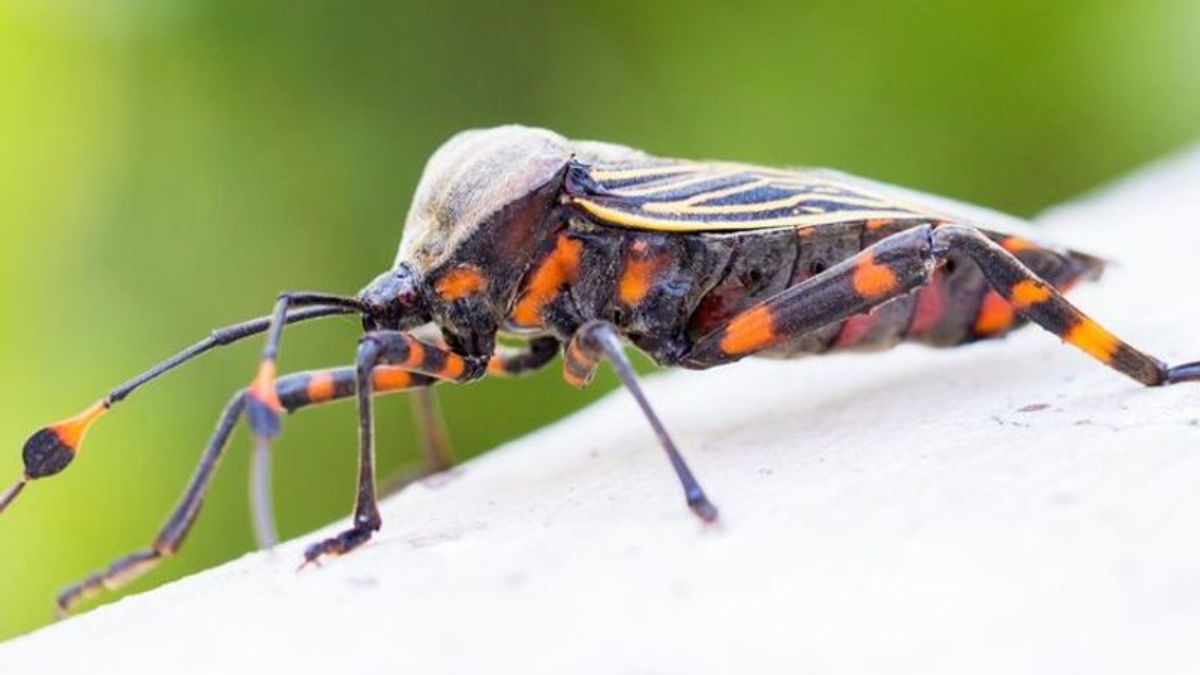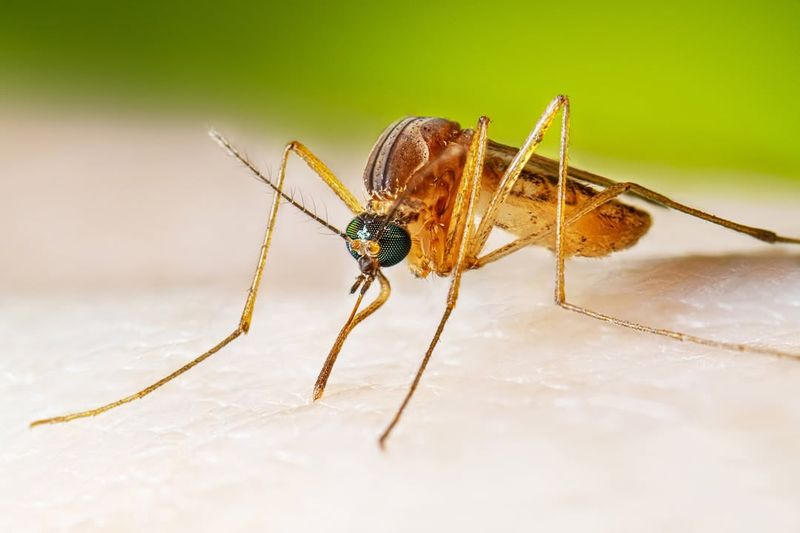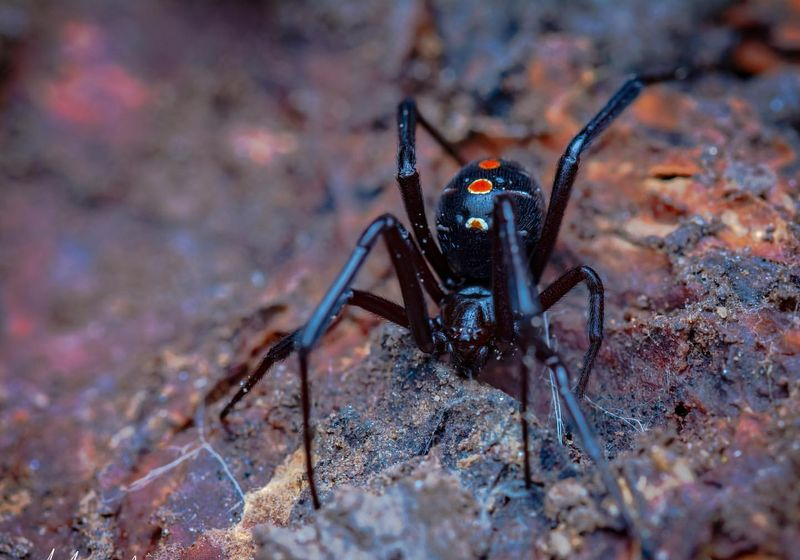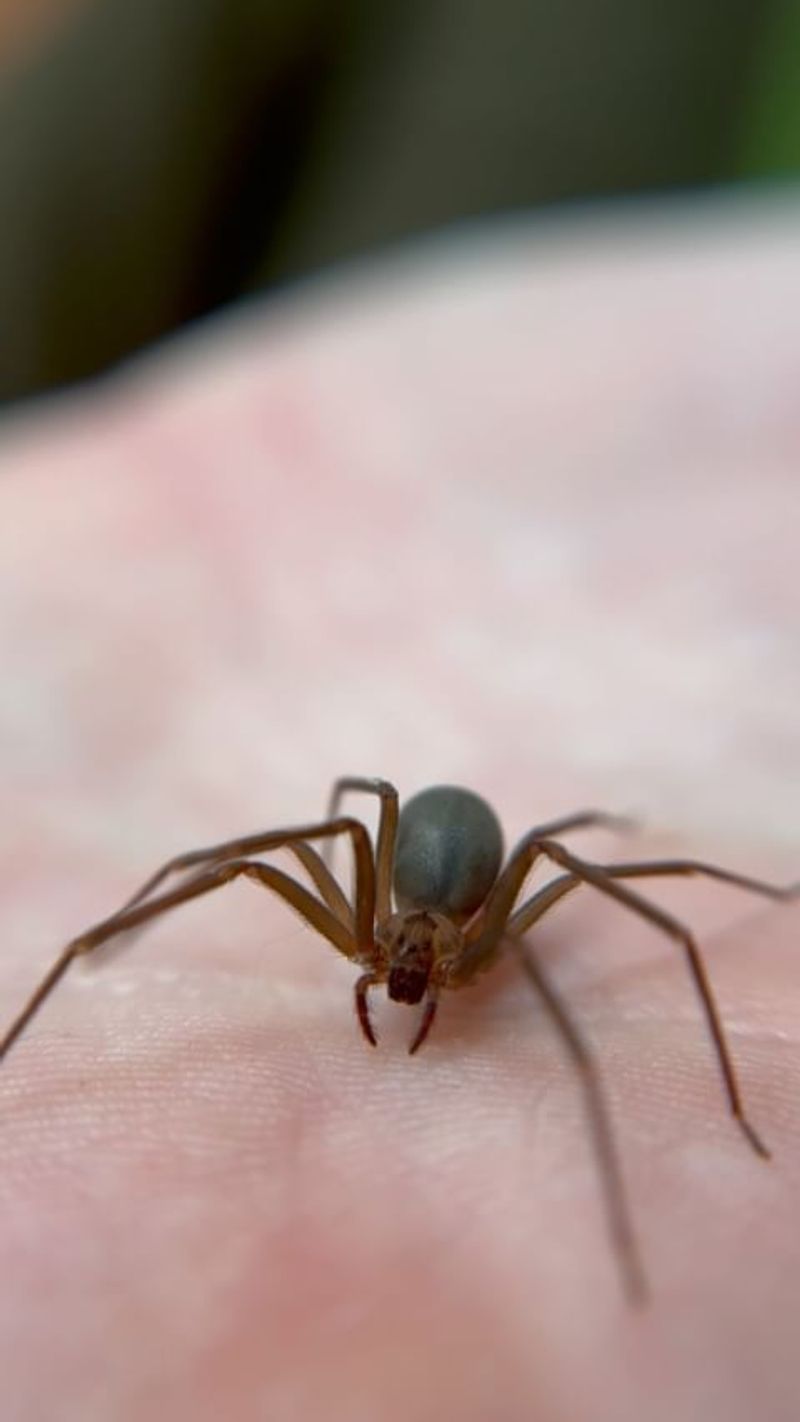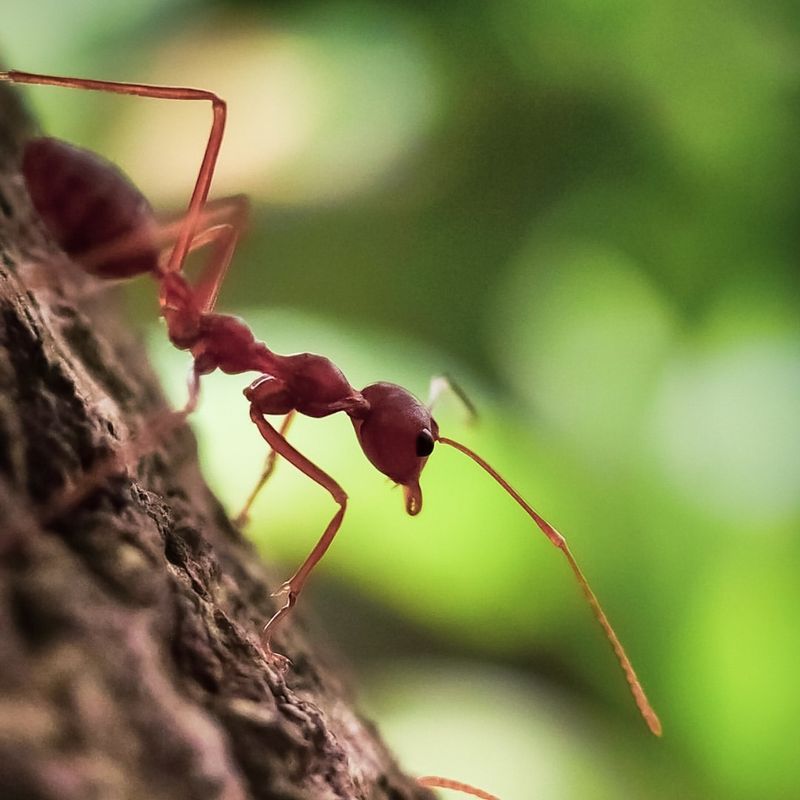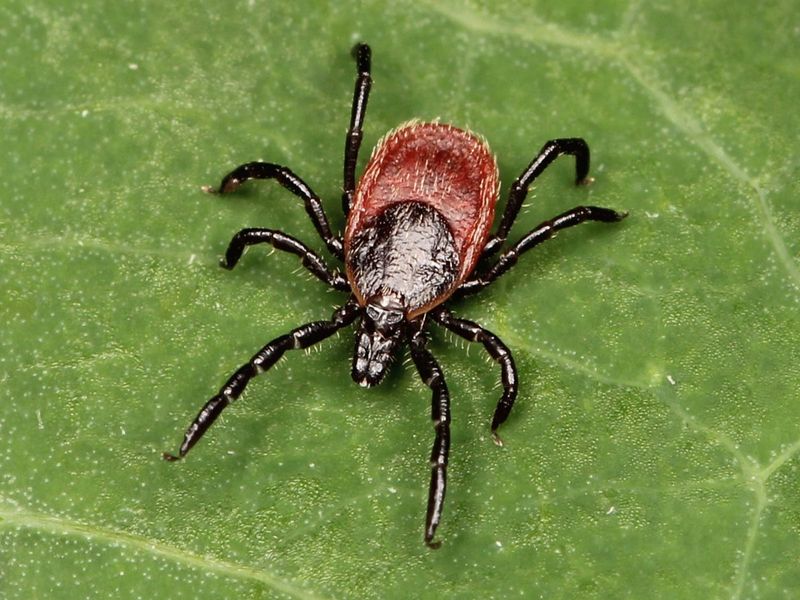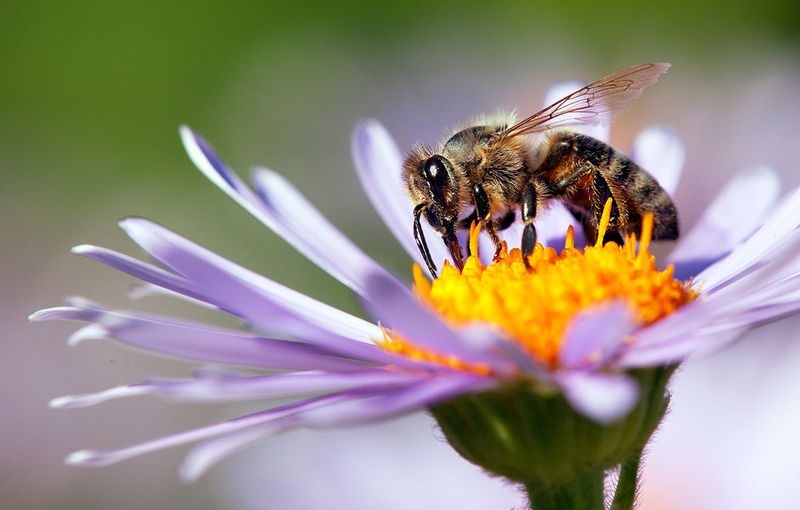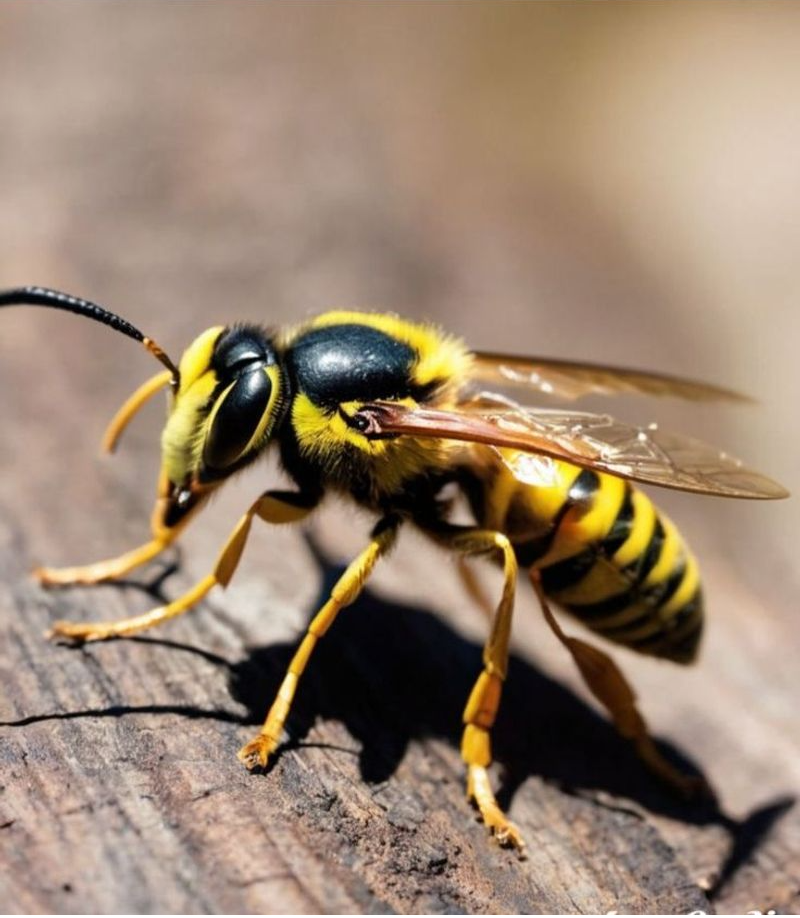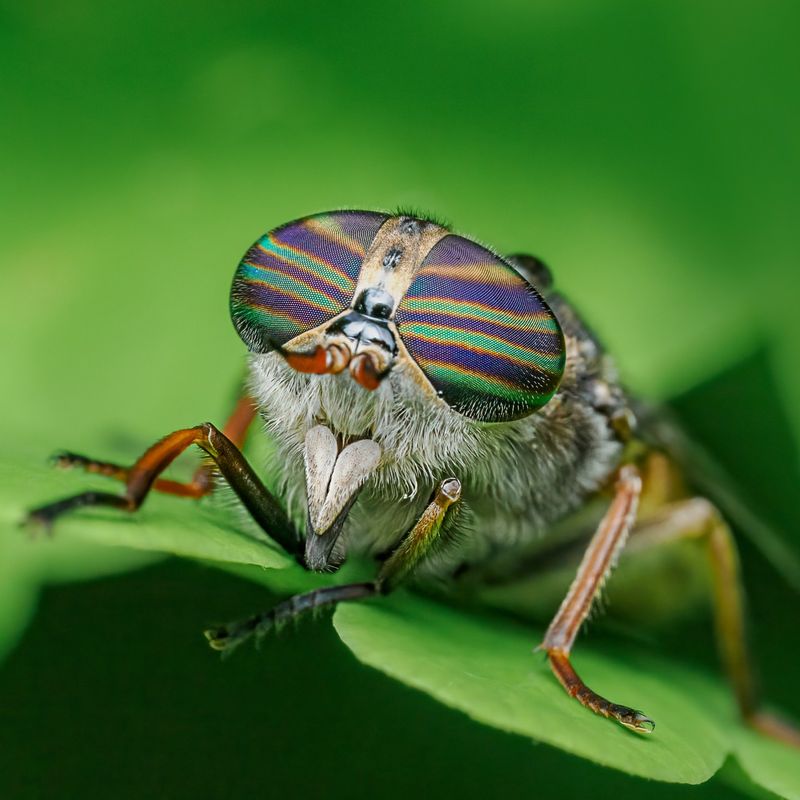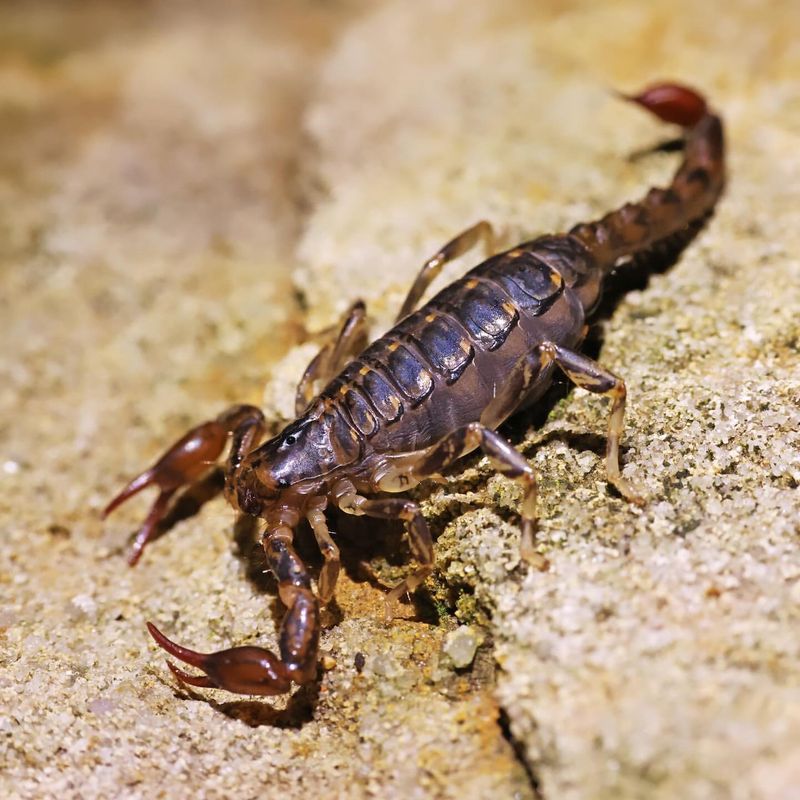📖 Table of Content:
When it comes to insects, most of us are content to let them do their thing—pollinate flowers, keep ecosystems in balance, and occasionally photobomb a picnic.
But some bugs don’t just mind their own business; they bite, sting, and, in rare cases, pose serious threats to our health and safety. From venomous stingers to disease-spreading critters, the insect world has its fair share of troublemakers.
We think it’s important to know this, so we came up with this list of the top 10 most dangerous insects found in the United States. Whether you’re a hiker, gardener, or just someone who enjoys a good backyard barbecue, knowing which bugs to steer clear of could save you a world of pain.
10. Mosquito
Mosquitoes are often considered one of the most dangerous insects globally, primarily due to their role in transmitting diseases.
In the U.S., mosquitoes are vectors for diseases like West Nile virus, Zika virus, and dengue fever. These small, blood-sucking insects thrive in warm climates and are most active during dawn and dusk.
Mosquito bites are not only itchy and annoying but can also lead to severe health issues if the mosquito is carrying a virus. To minimize risks, it’s advisable to use insect repellent and wear protective clothing when in mosquito-prone areas.
Eliminating standing water around homes can help reduce mosquito populations, as they lay eggs in stagnant water. Understanding their habits and taking preventive measures can significantly decrease your chances of getting bitten.
9. Black Widow Spider
Known for their distinctive black bodies and red hourglass markings, black widow spiders are among the most venomous spiders in the U.S. Their venom is potent, but bites are rarely fatal to humans. Black widows thrive in dark, undisturbed areas such as garages and sheds.
While they are not aggressive, they may bite when threatened. Symptoms of a bite can include severe pain, muscle cramps, and swelling. It’s crucial to seek medical attention if bitten by a black widow.
To avoid encounters, ensure that areas around your home are well-lit and free of clutter. Regularly checking and cleaning potential hiding spots can also deter these spiders from taking up residence.
8. Brown Recluse Spider
Identifiable by its violin-shaped marking, this is another venomous spider found in the U.S. Its bite can cause serious skin lesions and systemic reactions in some individuals. These spiders prefer warm, dry, and secluded environments, often hiding in shoes, clothes, or bedding.
Bites occur when the spider feels trapped or threatened. Initial symptoms may be mild, but can develop into severe ulcers requiring medical intervention. Immediate medical attention is recommended if bitten.
Preventing infestations involves reducing clutter and carefully checking items before use. Sealing cracks and gaps in doors and windows can help keep these spiders out of your living space.
7. Kissing Bug
Also known as triatomine bugs, they pose a significant health risk as they can transmit Chagas disease. Found mainly in the southern U.S., these insects are primarily nocturnal, feeding on the blood of mammals, including humans.
Kissing bugs typically bite around the mouth or eyes, which is how they got their name. The danger lies in their feces, which can enter the body through the bite wound, spreading the parasite Trypanosoma cruzi.
To protect yourself, ensure that your living space is well-sealed and free of cracks where these bugs can enter. Installing screens on windows and doors and removing debris from around the home can also help reduce the risk of an infestation.
6. Fire Ant
These insects build large anthills, often found in gardens or lawns. Their sting injects venom that causes a burning sensation, hence the name “fire” ant.
When their nest is disturbed, fire ants can swarm and sting simultaneously, which can be particularly dangerous for those with allergies to insect stings. Symptoms can include intense itching, swelling, and in severe cases, anaphylactic shock.
To manage fire ant populations, use bait or insecticides specifically designed for fire ants. Regularly inspecting your yard for mounds and treating them promptly can help prevent painful encounters with these unwelcome visitors.
5. Deer Tick
Deer ticks, also known as black-legged ticks, are carriers of Lyme disease, a serious illness that can cause long-term health issues if not treated early. These ticks are prevalent in wooded and grassy areas, making outdoor enthusiasts particularly vulnerable.
Ticks latch onto their hosts to feed on blood, and they can transmit the Borrelia burgdorferi bacterium during this process. Early symptoms of Lyme disease include fever, fatigue, and a characteristic “bull’s-eye” rash.
To prevent tick bites, wear long sleeves and pants, use tick repellent, and perform thorough tick checks after spending time outdoors. Keeping lawns trimmed and removing brush piles can also reduce tick habitats around your home.
4. Africanized Honey Bee
Often referred to as “killer bees,” Africanized bees are known for their aggressive nature and tendency to swarm. They look similar to European honey bees but are more defensive, which can pose a danger to humans and animals.
These bees can chase perceived threats for long distances and attack in large numbers, causing serious injuries or even fatalities. Their venom is not more potent, but the sheer number of stings can be dangerous.
If you encounter a swarm, it’s best to retreat indoors or to a safe location immediately. Avoid swatting at the bees, as this can provoke further aggression. Professional pest control should handle any nearby hives to ensure safety.
3. Yellow Jacket
Yellow jackets are a type of wasp that can be particularly aggressive, especially in late summer and fall. They are attracted to food and sugary drinks, often becoming uninvited guests at outdoor gatherings.
Unlike bees, yellow jackets can sting multiple times, injecting venom that causes pain and swelling. For those allergic to insect stings, a yellow jacket attack can be life-threatening. Symptoms of an allergic reaction include difficulty breathing and swelling around the sting site.
To avoid attracting yellow jackets, keep food covered and clean up spills promptly when outdoors. Wearing close-toed shoes and avoiding brightly colored clothing can also reduce the risk of getting stung.
2. Horsefly
Horseflies are large, fast-flying insects known for their painful bites. They are especially active during the summer months and are attracted to water and movement. Horseflies feed on blood and are often found near swimming pools, lakes, and stables.
Unlike mosquitoes, horseflies use their sharp mouthparts to cut the skin, which can result in painful, itchy welts. While they do not transmit diseases to humans, their bites can be very irritating and can become infected if scratched.
To minimize encounters, use insect repellent and cover exposed skin when near water. Setting up fans can also help, as horseflies are less likely to land in breezy conditions. Keeping windows and doors closed can further reduce their presence indoors.
1. Scorpion
In the U.S., scorpions are primarily found in the desert regions of the Southwest. Scorpions hide under rocks and logs during the day and become active at night.
While most scorpion stings are not life-threatening, they can cause pain, numbness, and swelling. In rare cases, especially in children and older adults, more severe reactions can occur. It’s crucial to seek medical attention if symptoms are severe or if the scorpion is unidentified.
To prevent scorpion encounters, wear shoes when walking outside at night and check bedding and clothing before use. Sealing entry points in your home can also deter these nocturnal visitors from entering.
